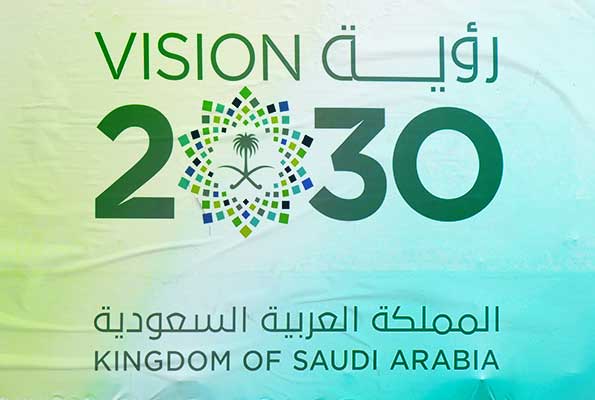If someone asks us about the most ambitious undertaking in modern history, our minds wander to some engineering marvel or project in North America, Europe, or even China. But an unparalleled city is being built in a barren and unremarkable desert in Tabuk, the northwest province of Saudi Arabia.
‘Saudi Vision 2030’ is an ambitious future roadmap for the Kingdom. Launched in 2016, the vision outlines a comprehensive plan to transform the country into a modern, sustainable, diversified economy while improving its citizens’ quality of life.
The Kingdom of Saudi Arabia claims that NEOM will be the most technologically advanced, sustainable and eco-friendly city ever created. It is an integral part of ‘Saudi Vision 2030’ and has lots to boast about.
NEOM is a megacity with four distinct parts. First, there is the Line. It is a 500-meter-tall and 170 km-long megastructure that can house almost a million residents. It will run from the coast of Aqaba to the city of Tabuk.
Then there is Sindalah, a luxury island in the red sea, built for yachting, golfing and other retreats for the rich.
The third part of NEOM is Oxagon. It is an octagonally shaped port city that will be a dock for ships passing through the Suez Canal. The Oxagon will also be the industrial powerhouse of NEOM and, after construction, be the largest floating structure in the world.
Finally, there is Trojena, located in the mountains of Tabuk. It will be a place of retreat, adventure sports and cultural festivals.
NEOM is a massive visionary project with a bill that runs into trillions. In an era when movements for ecological sensitivity are gaining momentum, NEOM has to be extra careful about sustainability.
Decoding Saudi’s Emphasis On Sustainability
As per its ‘Vision 2030’, the Kingdom has a goal of achieving the ‘Net Zero’ status by 2060. The roadmap includes accelerating the energy transition, achieving sustainability targets, and spurring new investments.
Signature projects have been launched to diversify energy sources and improve the Kingdom’s energy mix, taking advantage of Saudi’s impressive potential for solar and wind energies through strategic investments. Renewable energy will be making up 50% of the total energy mix by 2030. This will help the country to reduce emissions and replace high-value fuel in electricity production.
There are numerous unique habitats and wildlife preserves in Saudi Arabia. The National Center for Wildlife manages 15 sanctuaries to safeguard severely endangered species and encourage biodiversity. Future generations will be able to enjoy the rich natural diversity of the country thanks to Vision 2030’s goals of protecting the country’s distinctive wildlife.
Some of the world’s most resilient coral reefs can be found along the Red Sea coast of the Kingdom. The Red Sea Development Corporation (TRSDC) is establishing the groundwork for a sustainable tourism destination and setting the bar for preserving and sustaining its pristine marine biodiversity in collaboration with King Abdullah University of Science and Technology (KAUST).
TRSDC is also hoping to achieve a 30% net conservation benefit by 2040 and a zero-carbon footprint by sequestering carbon from the atmosphere through safeguarding marine species and enhancing important natural habitats through turtle tagging and marine spatial planning.
NEOM’s ‘THE LINE’ is a 170km-long linear urban development comprising numerous hyper-connected communities, with walkable neighbourhoods interwoven with public parks and the natural landscape. It represents an unprecedented approach to urbanisation. To foster sustainable and regenerative development practises, the business regulations will be powered by renewable energy sources. Communities seamlessly integrating open space, parks, gardens, the natural environment, and sustainable food production will coexist in harmony with nature.
A bold plan propelling the Kingdom towards sustainability is represented by the ‘Saudi Green Initiative’ (SGI) and the ‘Middle East Green Initiative’ (MGI). These will conserve the land and oceans, lower pollution, and plant 50 billion trees. For instance, SGI will result in the rehabilitation of 40 million hectares of degraded land, increase the proportion of protected areas throughout the Kingdom to more than 30% of the total land area, or 645,000 km2, making it the size of a large country, and increase the number of protected areas to more than 20,000.
If done right, ‘Saudi Vision 2030’ will exemplify clean living and be a model for the world to emulate.



